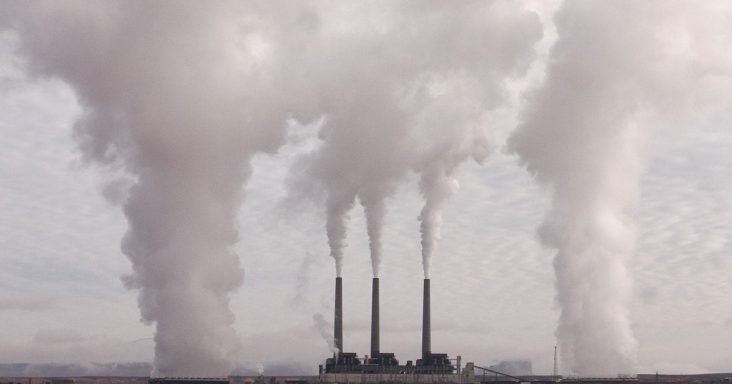Energy use, CO2 emissions not expected to return to 2019 levels for years
by February 3, 2021 3:15 pm 748 views

The United States likely will take years to return to the 2019 levels of energy consumption and carbon dioxide emissions following the impact of COVID-19 on the U.S. economy and global energy sector, according to new projections from the U.S. Energy Information Administration (EIA).
The EIA released Wednesday (Feb. 3) the Annual Energy Outlook 2021 that explores the long-term impact of COVID on U.S. energy mix through 2050.
“It will take a while for the energy sector to get to its new ‘normal,’” said Stephen Nalley, acting administrator for the EIA. “The pandemic triggered a historic energy demand shock that led to lower greenhouse gas emissions, decreases in energy production and sometimes volatile commodity prices in 2020. The pace of economic recovery, advances in technology, changes in trade flows and energy incentives will determine how the United States produces and consumes energy in the future.”
Energy-related carbon dioxide emissions are expected to fall further before leveling off or rising. Total U.S. energy consumption is expected to return to 2019 levels by 2029, but this is contingent on the pace of the U.S. economic recovery. In a case that assumes low economic growth, energy consumption might not return to 2019 levels until 2050. In most cases, U.S. energy-related CO2 emissions are projected to fall through 2035 before starting to rise.
Renewable energy incentives and falling technology costs are projected to lead to competition with natural gas while coal and nuclear power decline in the electricity mix. Electricity demand is expected to return to 2019 levels by 2025. Renewable electric generating technologies are projected to account for nearly 60% of the capacity additions from 2020 to 2050. Natural gas-fired plants are expected to comprise about 40% of the capacity additions over the period. Renewables’ share of the electricity generation mix is expected to more than double by 2050. The natural gas share will remain flat at 36%, and the coal and nuclear shares will fall by about half, according to EIA projections.
Record domestic energy production is expected to continue and will support natural gas exports but does not mean growth in the U.S. trade balance in petroleum products, EIA projections show. The United States is expected to continue to export more petroleum and other liquids than it imports, but the balance of imports to exports will be sensitive to supply, demand and price factors. High oil and natural gas supply or high oil prices might lead to increased domestic production and net exports. If prices or supply remain high, the United States is likely to export more energy than it imports through 2050.
Link here for the full report.
